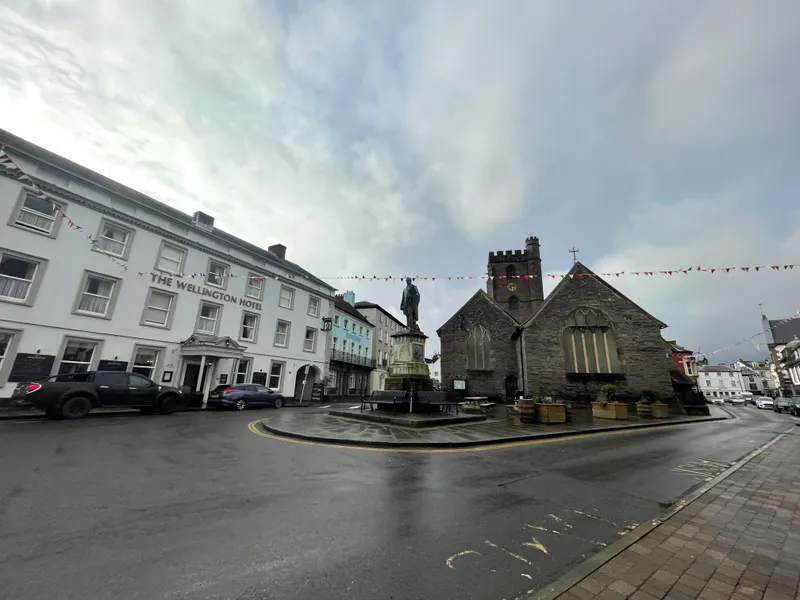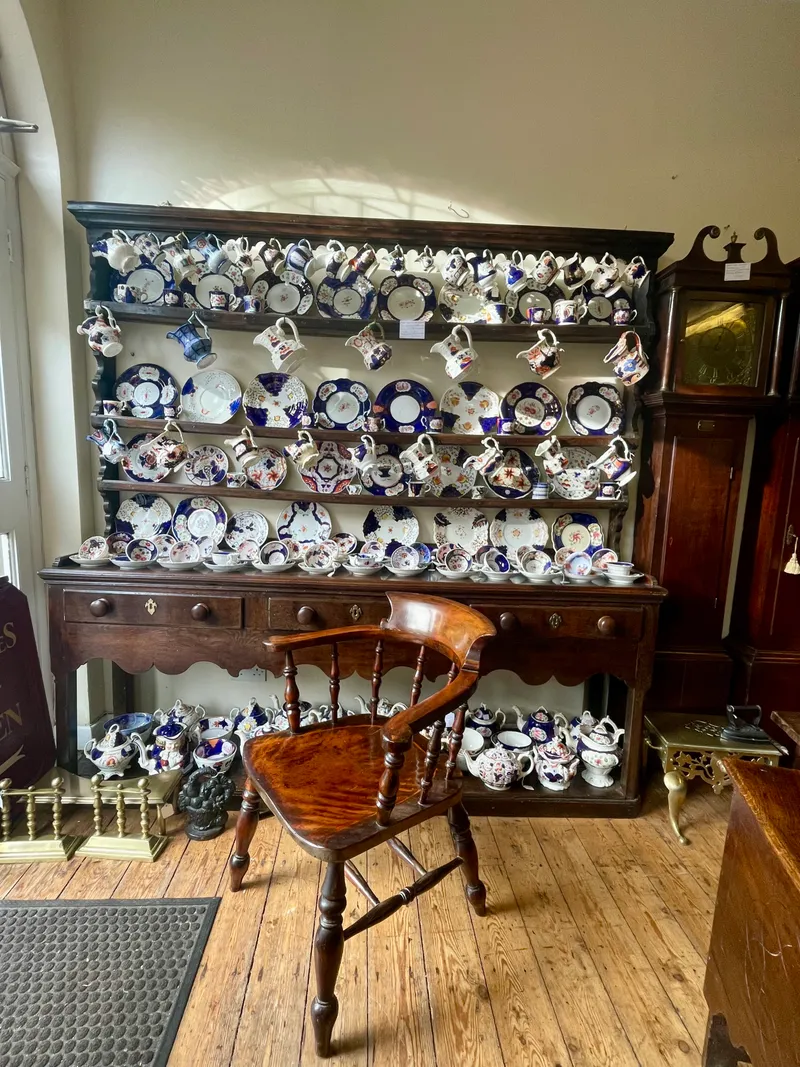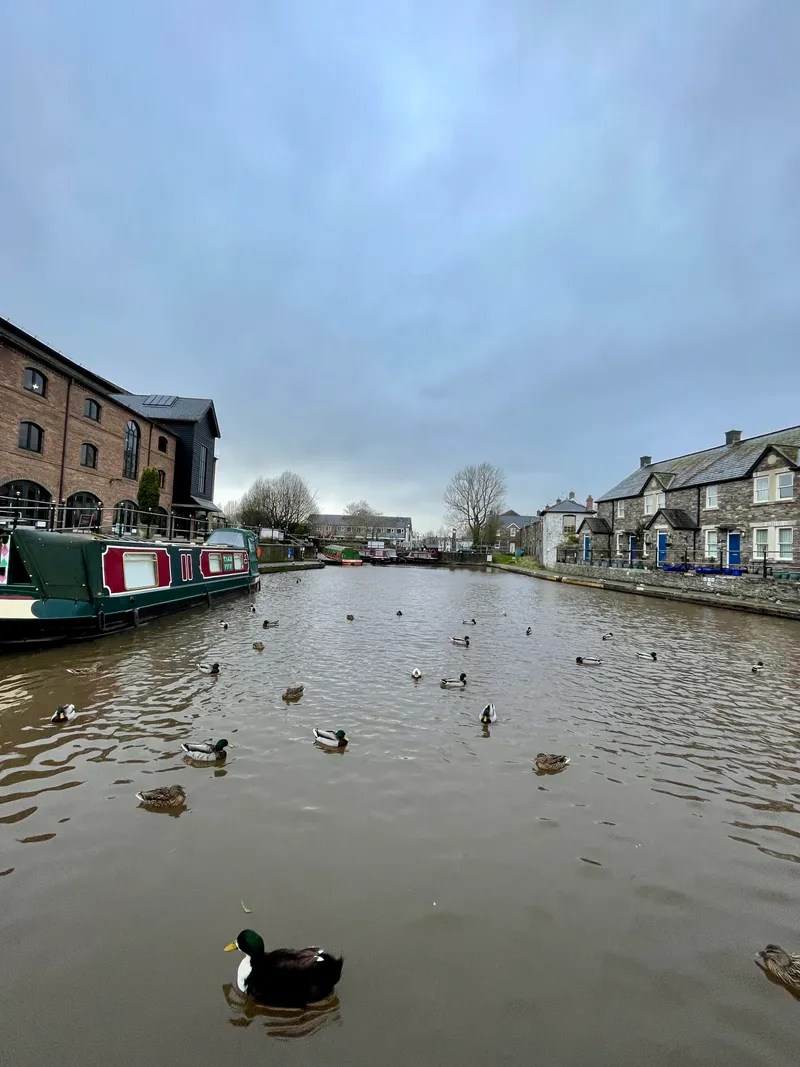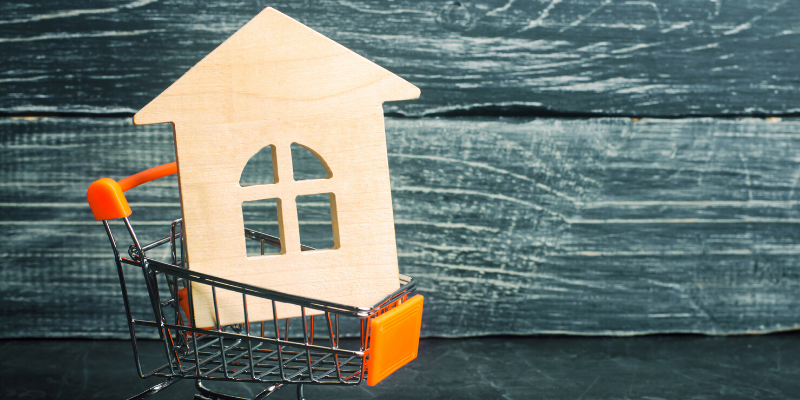Why the small Welsh town of Brecon is ideal for a short break
Renowned for its Georgian architecture, Brecon in Wales makes the perfect base for a holiday as it combines history and culture with natural beauty.
Once upon a time, the Monmouthshire and Brecon Canal, or the Mon and Brec as it is called locally, was a vital transport route. Fed by the waters of the River Usk, the 56 km canal, between the picturesque market town of Brecon and Pontnewydd, Cwmbran, served the industrial corridor for coal and iron.
Today, the canal provides the backdrop for a beautiful day out.
Peaceful and rural, it has often been voted Britain’s prettiest canal and offers a variety of activities as it meanders through the countryside. I can take long walks by the waterside, explore the old lime kilns and industrial heritage, and keep an eye out for the dragonflies, red kites, buzzards, and herons, or enjoy a leisurely picnic along the canal.
But I prefer to enjoy the sight of the many ducks, their heads bobbing up and down, as they do their rounds in the water. The weather isn’t sunny; it’s one of those days with a mizzle—a local portmanteau that combines mist and drizzle—but that doesn’t make walking by the canal any less fun.
I walk back to the small town, now home to about 8,000 people and chock full of independent shops, cafes, and stores. A small antique store, with a few Wedgwood plates and Lalique crystal taking pride of display, is ideal for solitary browsing. I mull over a pretty Wedgwood pin box and a little plate—and after much soul searching emerge with the box, wrapped in folds of tissue paper, clutched tight. A quick coffee and scanning for souvenirs later, I head out to explore the lovely old town.

Known for its Georgian architecture, the historic market town of Brecon is located in the heart of the Brecon Beacons National Park.
Located in the shadow of the majestic Beacons, Brecon is one of the most historic settlements in Wales. Sited at the confluence of the Rivers Usk and Honddu, which provides the town’s Welsh name, Aberhonddu, it is home to ancient settlements like Slwch Tump and Pen-y-Crug, the sites of Iron Age forts; and Y Gaer, which houses the remains of an 8-acre Roman fort.
The development of Brecon goes back to the end of the 11th century, after victory by the Norman Bernard de Neufmarche, a time when the town was dominated by the castle. By the middle of the 16th century, it became one of the most important towns in Wales, on account of its location between Southern Wales from London.

Brecon has many independent cafes, restaurants, and shops, including a small antique store crammed with treasures.
Nestled in the Usk Valley between the Brecon Beacons to the South and the Black Mountains to the East, Brecon is today renowned for its Georgian architecture and makes the perfect base for a holiday as it combines history and culture with natural beauty.
The Brecon Cathedral, a sanctuary of worship for 900 years, towers over the town. Standing guard from a ridge a few hundred yards from the castle built in 1093 upon the Norman conquest of Wales, the cathedral is thought to stand on the site of what was once a Celtic church. It has a storied history, with the chancel vaulting and guild chapels evidence of its rich past.
The parish church of Brecon since 1537, it became the Cathedral for the newly-created Diocese of Swansea and Brecon centuries later, in 1923.
The cathedral grounds also house one of Brecon’s most beautiful cafes. Hidden behind medieval walls and beneath the dappled shade of ancient sycamores, the Hours Cafe and Bookshop is located in three interconnected old barns that face the cathedral and provide the perfect place to while away the time. Overlooking the Priory Groves, a cup of coffee in hand, there seems to be nothing more worthwhile than looking at the stained glasses and the riot of colour they create in the sunlight.
Not so far, the Regimental Museum of The Royal Welsh houses a fine collection of military artefacts that reveal the life, times, and 300-year history of the local regiment that participated in many great military events.

Peaceful and rural, the Mon and Brec has often been voted Britain’s prettiest canal.
Referred to by Queen Victoria as 'The Noble 24th', the regiment garnered worldwide interest and fame with Stanley Baker’s Zulu, a 1964 British epic adventure action war film on the Battle of Rorke's Drift between a detachment of the British Army and the Zulu in 1879. The museum building dates from 1805 and offers two must-not-be-missed exhibits: the Zulu War Room, which showcases the many valiant exploits of the regiment, and the Medal Room, which displays more than 3,000 medals, including 18 Victoria Crosses, Britain’s highest award for gallantry.
Culture enthusiasts will enjoy spending a morning at Brecknock Museum and Art Gallery, a space that melds poetry, music, art, learning, and reading, and an evening at Theatr Brycheiniog, which offers an eclectic mix of entertainment round the year.
The small town of Brecon also forms the perfect base for exploring the national park, setting off on the cycling trails, focusing on mountain biking, trying your hand at water sports, or simply fishing in the local canals, rivers, and lakes.
But I find that the best way to enjoy Brecon is to set off on an adventure and explore the canal towpath—on foot, bike, or boat. The wooded path along the River Honddu is ideal for coming across wildlife, the flat canalside path to Brynich Lock makes for a few hours of peace and quiet, and an amble along the Promenade could end in people watching and a meal by the waterfront.
Walks, waterfront, and the warbling of ducks—what else could I possibly want?
Edited by Megha Reddy











